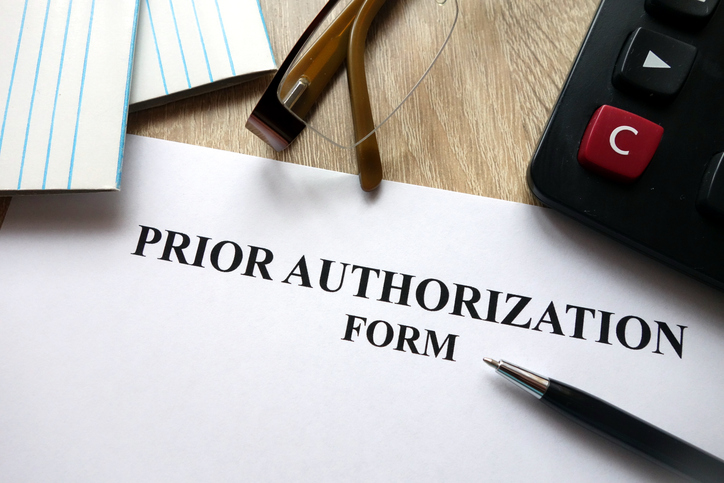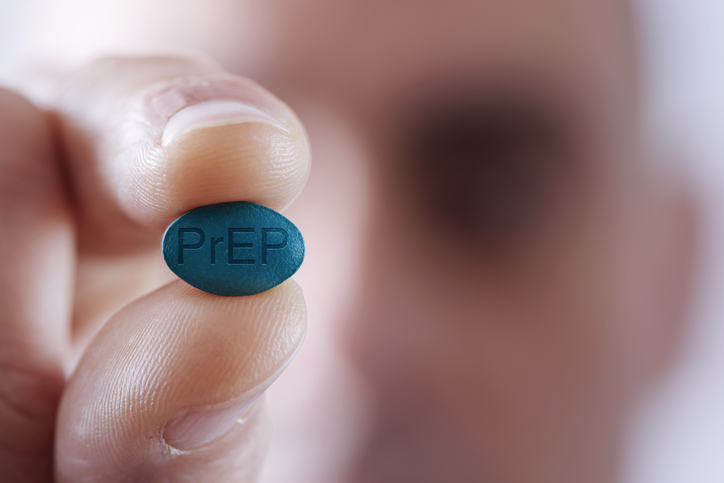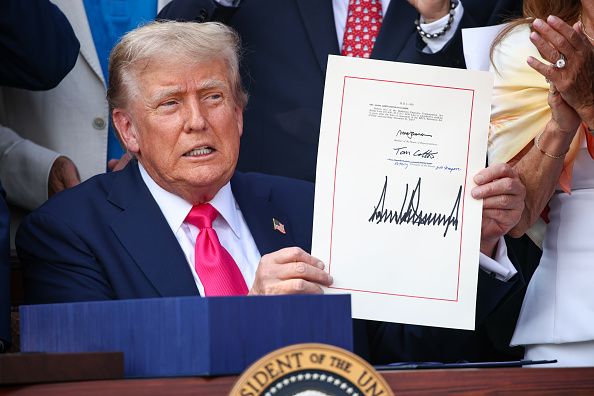The Medicare Prescription Drug Improvement and Modernization Act of 2003 creates a new Medicare prescription drug discount card and transitional assistance program.
The legislation requires the Department of Health and Human Services (HHS) to implement a new program of Medicare-approved prescription drug discount cards. Seniors who participate in the voluntary program will receive discounts on their prescription drug purchases negotiated by private card sponsors. The program also provides a cash subsidy for lower-income seniors.
Discount Cards
Congress specified the discount card program would take effect no later than six months from the date of enactment of the legislation. On December 10, 2003–two days after the legislation was signed by President George W. Bush–HHS published an “interim final rule” establishing the Medicare Prescription Drug Discount Card Program, providing a 30-day comment period. The Medicare-endorsed drug discount cards are expected to become available in the spring of 2004.
The legislation specifies application processes for drug card programs, including a standard enrollment form, and it specifies the sponsor can collect annual enrollment fees of up to $30. States may opt to pay the enrollment fees for their citizens to encourage participation in the program.
HHS estimates those enrolled in the drug discount programs will receive savings of 10 to 25 percent on their prescription drug purchases. Participants may join only one Medicare-endorsed discount card program at a time. Participants will be allowed to change from one card sponsor to another at the beginning of 2005.
Card sponsors can be pharmaceutical benefit management companies, wholesale or retail pharmacies, insurers, Medicare+Choice health plans, or any combination of the above.
The participating drug card sponsors must have participation by bricks-and-mortar pharmacies in the regions where they are offering the cards in addition to possible mail-order dispensing. Seniors must have a choice of at least two discount card programs, offered by different sponsors.
The legislation stipulates that: “The prices negotiated from drug manufacturers for covered discount cards under an endorsed discount card program shall not be taken into account for the purposes of establishing the best price for government programs.”
Low-Income Subsidies
A key part of the program is a subsidy of up to $600 a year for eligible lower-income beneficiaries. Individuals whose income is less than 135 percent of poverty–$12,124 each year for individuals or $16,363 for married couples, according to HHS–may qualify for the cash subsidy. Medicare beneficiaries who are also eligible to receive assistance for prescription drugs through Medicaid would not be eligible for either the drug discount cards or the cash subsidy.
For “transitional assistance eligible individuals,” the federal government will pay any annual enrollment fee for the drug discount cards and also will provide a subsidy on the drug discount card of up to $600 in 2004 and 2005. The legislation describes two categories of assistance: Persons with incomes below 100 percent of poverty would be responsible for copayments of 5 percent of incurred drug costs up to $600, and those with incomes of 100 to 135 percent of poverty would have 10 percent copayments. Any balance left over from the $600 subsidy at the end of 2004 may be added to the amount available in 2005.
The legislation stipulates the temporary discount card program and the $600 subsidies are to expire on December 31, 2005, at which time seniors are expected to enroll in one of the new subsidized prescription drug plans that begin in 2006 or in a Medicare Advantage plan.
Implications for Future Policy
The drug discount card program, and particularly the $600 subsidy for lower-income seniors, provide an excellent model for future programs. Drug prices are privately negotiated by the card sponsors, not set by government fiat. Also, the $600 subsidy for lower-income seniors is a defined contribution that gives government certainty over its program costs. Seniors get control over drug purchase decisions and an incentive to make the dollars go as far as possible.
The rollover provision for the cash assistance provides particularly good incentives: Unlike a use-it-or-lose-it benefit structure, the rollover gives seniors the opportunity to conserve resources for future needs. While the program is temporary, it provides a good marker for future programs. Seniors should be given the opportunity to continue to participate in this program if they prefer it to the new free-standing Medicare drug benefit program due to start in 2006.
Also beginning in 2006, the new Medicare Advantage (MA) health plans can incorporate the prescription drug coverage created by the legislation into their benefit structure. Because the legislation gives the new MA plans leeway in how they structure the drug benefit, they may consider building a benefit on the model of the temporary drug discount and assistance program.
They could provide an up-front cash subsidy that seniors could use for their initial prescription drug purchases. The plan could then require cost-sharing for drugs in the next tier of expenditures and umbrella insurance coverage for large prescription drug expenses, with an even lower copayment required.
This model would provide access to funds for routine drug purchases at competitively negotiated prices while providing insurance protection against large drug expenses. Importantly, it would give seniors an incentive to be partners in managing their prescription drug expenditures.
The MA plans would be the agents providing seniors competitively negotiated prices. Unspent funds in the cash account could be rolled over to the next year. MA plans likely would find using the temporary drug program an attractive model for structuring their drug benefit for plan participants.
Grace-Marie Turner is president of the Galen Institute. Her email address is [email protected].



